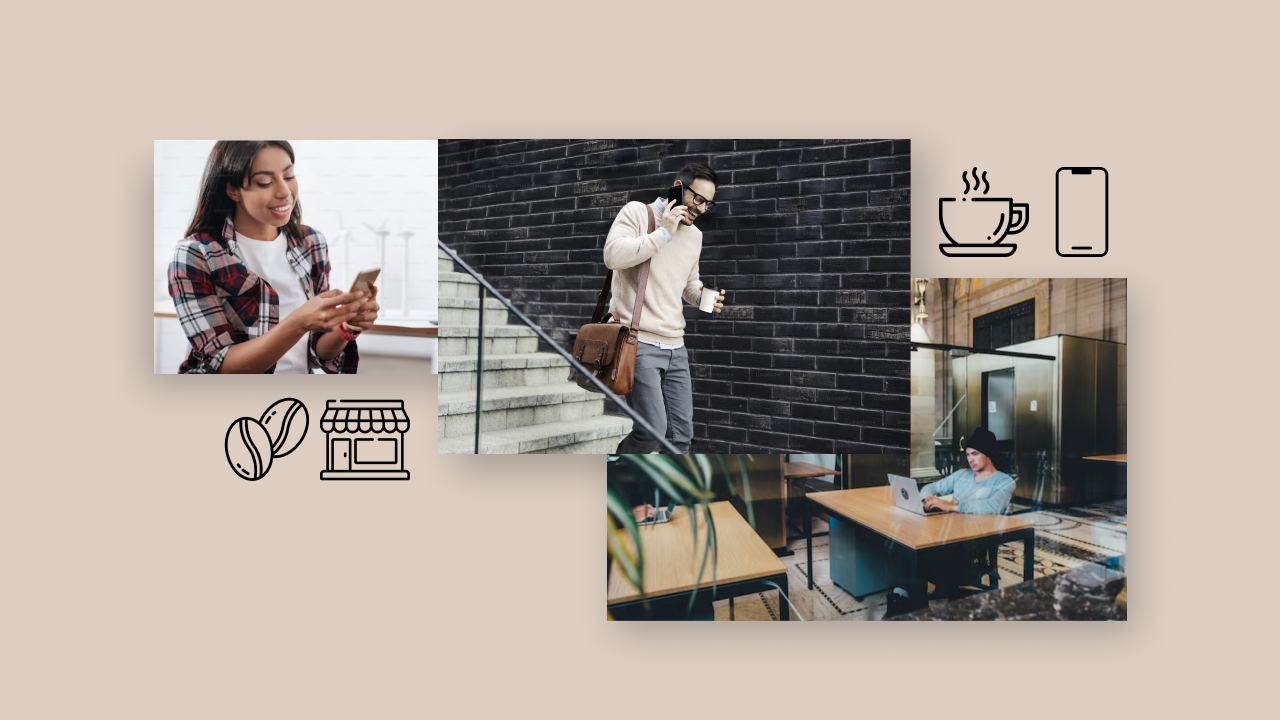
Coffee House - Intro to UX
Timeline: October 11, 2023 - November 2, 2023
INTRODUCTION
Coffee House is a practical example used in the Google UX Design course, designed to lead students through the UX process step by step. What sets this case study apart is its focus on two different types of customers, resulting in the creation of two personas. The following sections draw from course materials, blending my original contributions with activity examples. The research conducted for this project is based on the course curriculum.
PROBLEM
Coffee House, an international chain, offers affordable and quality coffee with local twists in cities like New York, Chicago, and San Francisco. With minimalist shops, they serve freshly brewed blends and exclusive city-specific beverages, drawing fans to visit multiple locations for unique offerings. The chain plans to expand ordering services by developing a product that can accept online orders.
ROLES
Researcher
Process Overview
Empathize
CUSTOMER PERSONA 1
This customer type is a junior employee at a busy office, typically in their early twenties. Several times a week, this customer comes to pick up an order for 1 to 12 coworkers. Since they are pressed for time, they need to place orders ahead of time to get in and out fast.
Their biggest hassle? Sometimes, their big orders are not completed correctly, or they end up waiting too long and their hot stuff goes cold.
CUSTOMER PERSONA 2
This customer type is someone who seeks a workspace environment away from home and the office where they can still stay connected and productive. They come from various age groups and professions. Ideal working conditions for them are reliable Wi-Fi and cozy seating.
Their biggest hassle? Poor organization at the ordering counter, picking up items disrupts their workflow, and inability to find adequate workspace.
Research
COMPETITIVE AUDIT
JavaMate, a direct competitor in Australia, caters to working adults with its diverse quality and pricing of coffee. Their website is designed with a strong brand identity and is easy to use with its standout feature being a one-click payment system that remembers payment information. Accessibility is limited to only English and Spanish.
BeanTown, an indirect competitor in Sweden, caters to a high-income clientele with a subscription mail-order service for premium coffee. Their website is designed to be modern and minimalistic but it often leads to navigation issues. On the other hand, it has many features including fingerprint recognition for one-click payments, user profile customization, premium offerings, and a unique "coffee map" highlighting the origin of each month's beans. For accessibility, the website supports voice control software and 23 different languages.
Define & Ideate
Crazy 8
REFLECTION
By the end of this example case study, I learned how to empathize, define a problem, and ideate for solutions. My biggest challenge was creating user journey maps because it forced me to empathize with a fictional user perspective. This made me realize I need more experience and practice empathizing with users, a necessary skill to make user-centered design decisions in any work environment where obtaining and using research data may or may not be possible.

